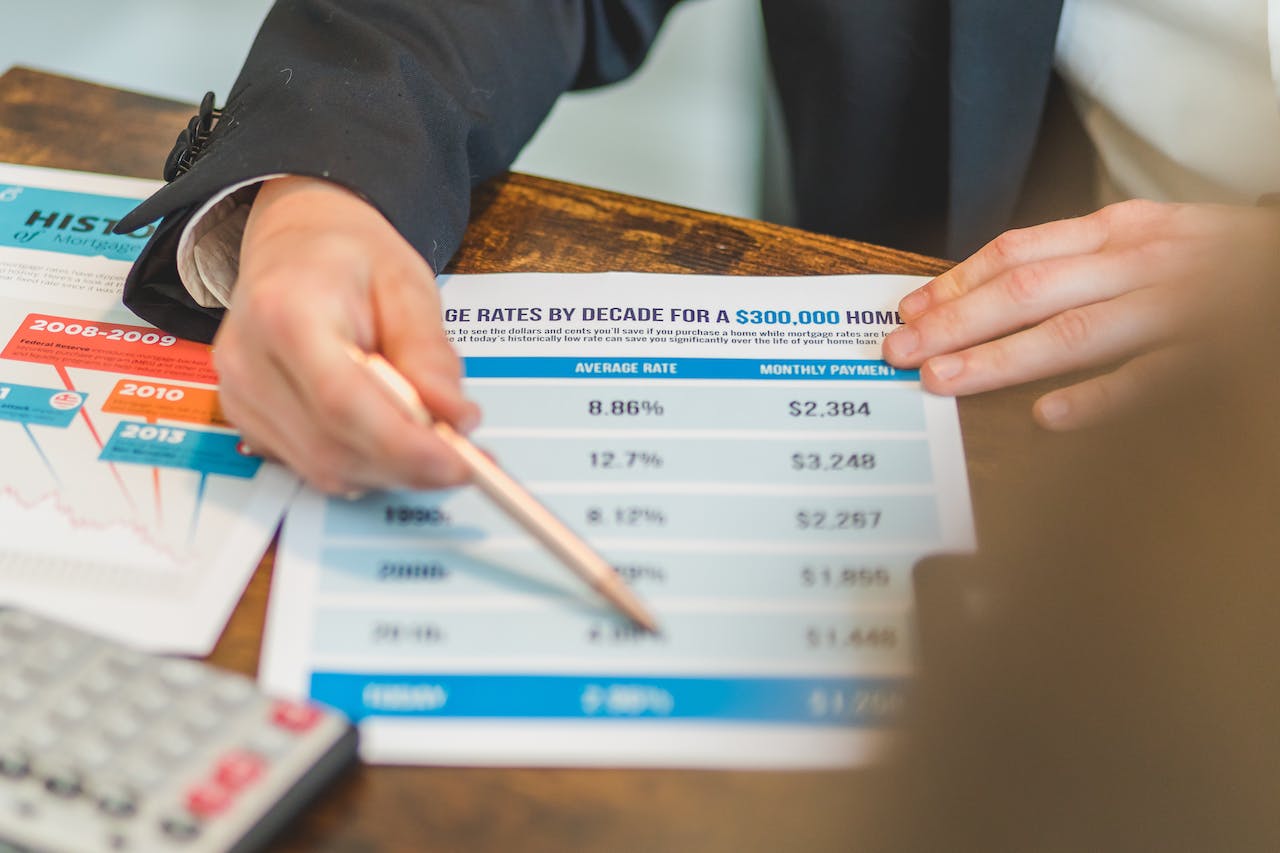A lender charges a proportion of the principle, or lent amount, as interest. Annual percentage rates (APR) are used to calculate loan interest.
A bank or credit union may charge interest on savings account or CD earnings. These deposit accounts offer interest at APY.
Understanding Interest Rates
Borrowers pay interest on asset usage. Cash, consumer items, automobiles, and property may be borrowed. Higher interest rates increase the “cost of money” of borrowing the same amount of money.
Interest rates affect most lending and borrowing. Loans finance homes, businesses, and education. Businesses borrow for capital projects and growth to acquire land, buildings, and equipment. Loans are repaid in whole or in installments.
The principal—the borrowed amount—is subject to interest. Interest rates are the borrower’s debt cost and the lender’s return. Since lenders need compensation for the money lost during the loan term, the amount returned is frequently larger than the borrowed amount. Instead of lending, the lender may have invested the cash and earned income from the asset. Interest is the difference between the final payback amount and the loan.
Small business lending company offer reduced interest rates to low-risk borrowers. High-risk borrowers pay higher interest rates, which raises loan costs.
Simple Interest Rate
You must pay the bank $300,000 + (4% x $300,000) = $300,000 + $12,000 = $312,000 if the loan agreement specifies a 4% simple interest rate.
At 4%, the yearly interest payment is $12,000. Banks profit on loans, mortgages, and other lending since the borrower would have paid $360,000 in interest after 30 years.
Rate of Compound Interest
Compound interest is preferred by certain lenders, so borrowers pay higher interest. Compound interest, or interest on interest, applies to both the main and prior interest. After one year, the bank thinks the borrower owes principle and interest. The bank also thinks the borrower owes the principle, first-year interest, and first-year interest on interest at the conclusion of the second year.
Compounding accrues more interest than basic interest. Monthly principle interest includes accumulated interest from prior months. Both systems calculate short-term interest similarly. However, the difference between the two interest estimates widens with loan time.
On a $300,000 loan with a 4% interest rate, the interest owing is over $700,000 after 30 years.
Savings and Compound Interest
Savings account compound interest is good. These accounts provide compounded interest to account holders for letting the bank utilize their cash.
If you put $500,000 in a high-yield savings account, the bank may utilize $300,000 for a mortgage. As compensation, the bank deposits 1% interest yearly. The bank earns 3% by providing the account holder 1% and collecting 4% from the borrower. Savers give the bank money, which borrowers borrow for interest.
What Determines Interest Rates?
Bank interest rates depend on the economy and other variables. The U.S. Federal Reserve determines the interest rate, which banks use to calculate their APR range. High central bank interest rates raise loan costs. High loan costs discourage borrowing and reduce consumer demand. In addition, inflation raises interest rates.
Banks may raise reserve requirements, tighten money supply, or increase credit demand to fight inflation. In a high-interest economy, individuals save because they get more. The stock market loses because investors prefer greater savings rates than reduced stock market returns. Debt limits businesses’ capital financing, causing economic decline.
Low-interest rates encourage economies because borrowers may get cheap small business loans Alabama. Low savings interest rates encourage firms and people to spend and buy equities. Economic growth is fueled by this expenditure and capital market infusion. Governments desire lower interest rates, but they cause market disequilibrium and inflation when demand exceeds supply.
Why Are 30-year Loan Interest Rates Higher Than 15-year Loans?
Interest rates depend on default risk and opportunity cost. Long-term loans and debts are riskier since borrowers have more time to fail. The potential cost is higher over longer time periods since that principal is locked up and cannot be employed elsewhere.

